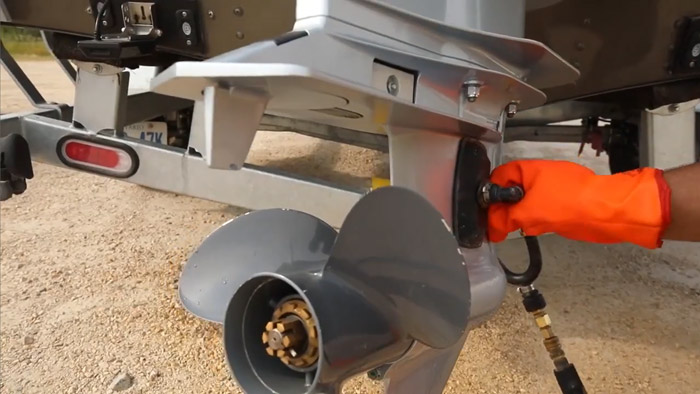The Manitoba government has released Manitoba’s Aquatic Invasive Species (AIS) Prevention and Response Plan, a comprehensive, proactive plan to prevent AIS from spreading into Manitoba waters and minimize the impacts of AIS on the environment, economy and recreation.
“Manitoba is home to over 100,000 lakes, making up 16 per cent of our province,” said Economic Development, Investment, Trade and Natural Resources Minister Jamie Moses. “Our water resources are a central part of our communities, natural ecosystems and economy, and often a major part of our experiences and memories. One of the biggest threats to our waterways is aquatic invasive species. Our plan, along with increased funding in Budget 2024 will help prevent the spread of AIS.”
AIS can alter aquatic environments and compete with native species, causing a loss of biodiversity within an ecosystem. This can have a substantial impact on beach and water quality, and damage watercraft. AIS can also negatively impact Indigenous medicinal and subsistence harvesting, commercial fishers and Indigenous harvesters, and cause significant harm to waterway infrastructure by clogging openings and preventing water flow.
“It is paramount that we work together to protect and preserve our water and natural resources for generations to come,” said Environment and Climate Change Minister Tracy Schmidt. “Preventing AIS spread is a shared responsibility among all Manitobans. This plan presents ways to work together as one province to undertake the crucial task ahead of us to keep our waterways safe.”
Over the summer, water users are reminded of the requirements to clean, drain and dry watercraft and water-related equipment to prevent the spread of AIS, said Moses.
Watercraft inspection stations are set up throughout Manitoba to help water users to be compliant with AIS requirements. Anyone transporting motorized or non-motorized watercraft over land must stop at all open watercraft inspection stations along their route.
With an increase in funding for 2024, the Manitoba government is piloting a new approach to watercraft inspections and decontaminations by adding mobile watercraft inspection stations. In its first weekend, this program already successfully detected zebra mussels before they could spread.
These new mobile stations will visit various locations around Manitoba during the open water season. Mobile stations allow watercraft inspectors to expand operations into new areas of Manitoba to enhance Manitoba’s overall inspection and decontamination capacity, and connect with more watercraft owners to provide education and increase awareness.
For up-to-date station location and hours of operation, including mobile station updates, visit gov.mb.ca.
Regulations for Manitobans to clean, drain and dry their watercraft are legally required for both motorized and non-motorized watercraft, including power boats, jet skis, sailboats, stand-up paddle boards, canoes and kayaks, as well as all water-related equipment including:
- watercraft trailers;
- fishing gear;
- water pumps;
- personal flotation devices including life jackets;
- paddles and anchors;
- beach toys (such as sand pails and shovels);
- floating devices and inflatables (such as tubes, rafts, water mats and hunting decoys); and
- scuba and snorkeling gear.
To view Manitoba’s Aquatic Invasive Species (AIS) Prevention and Response Plan and for more information on AIS, including locations and hours of watercraft inspection stations and details on decontamination requirements, visit manitoba.ca.




